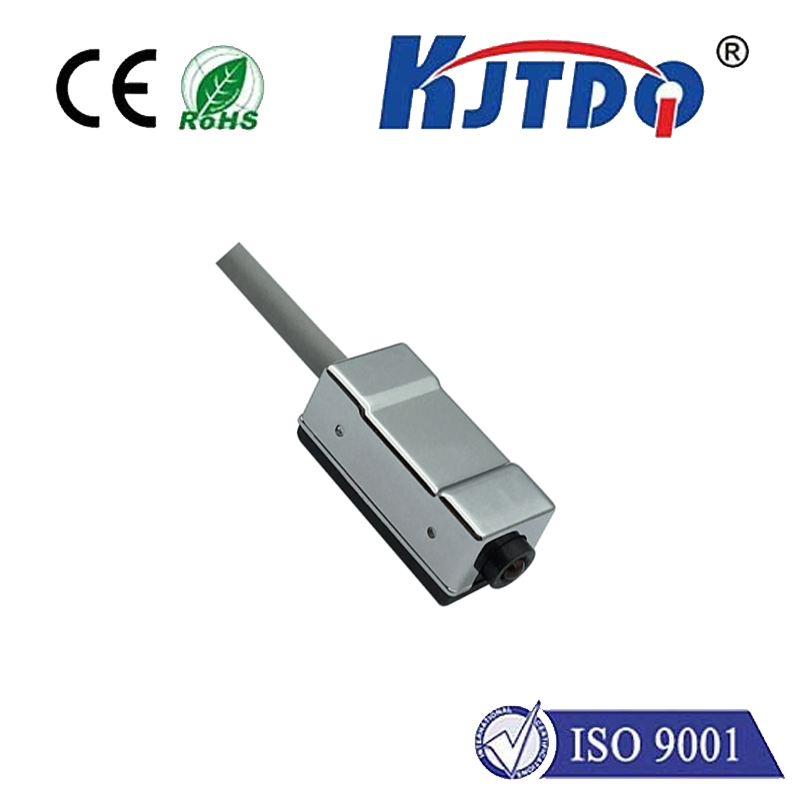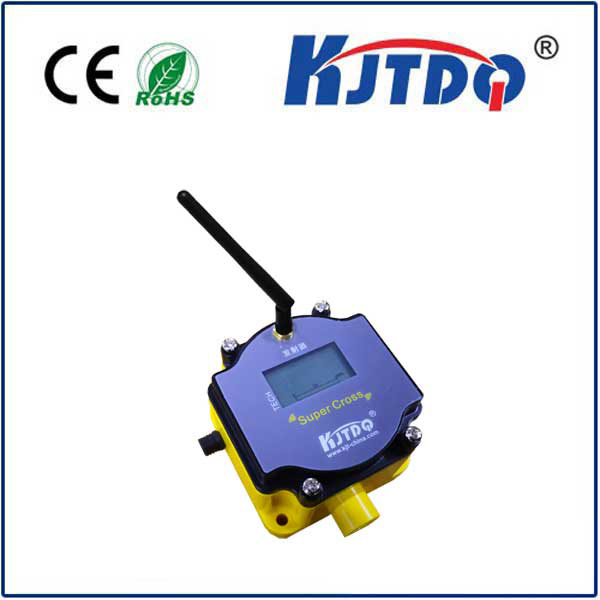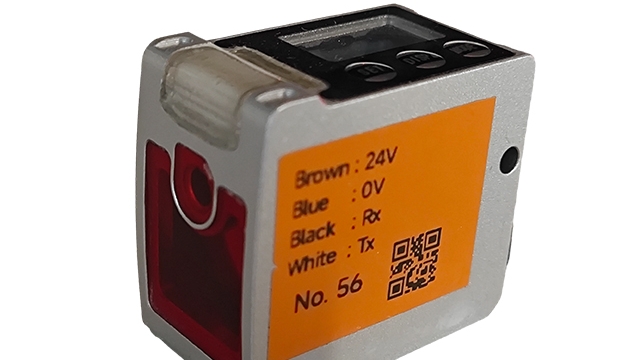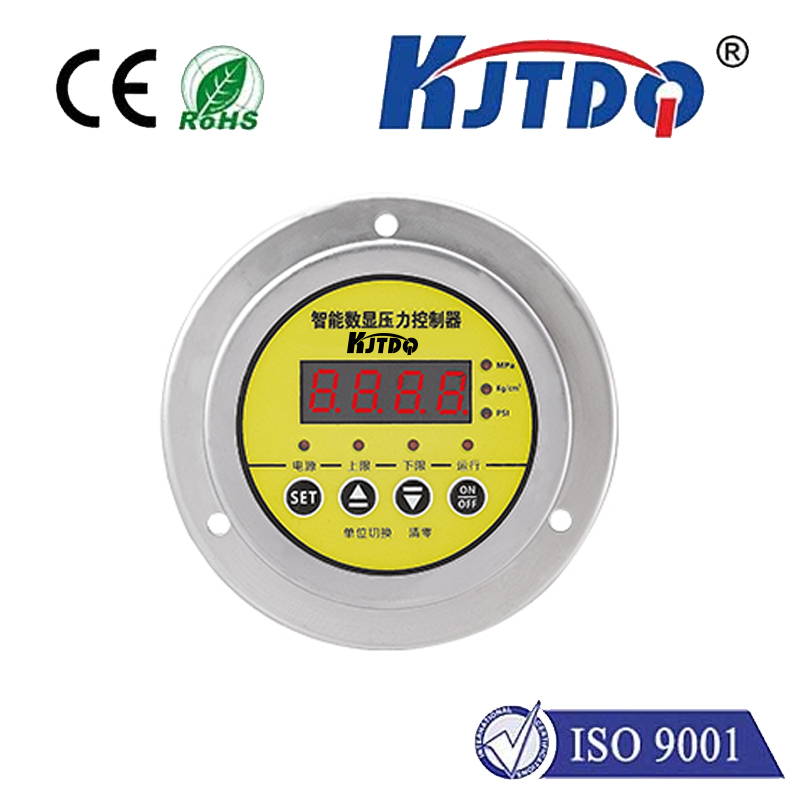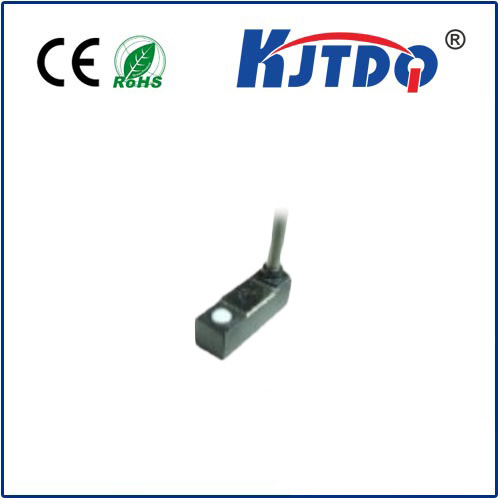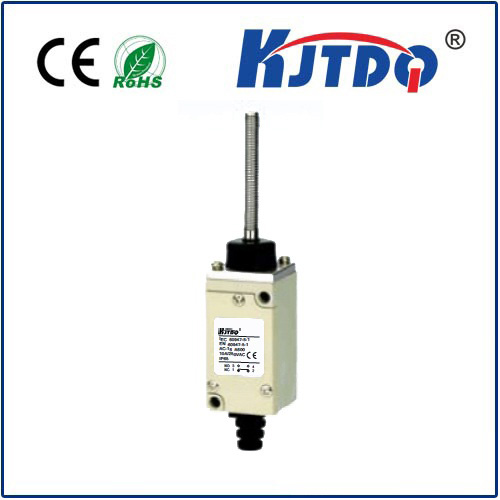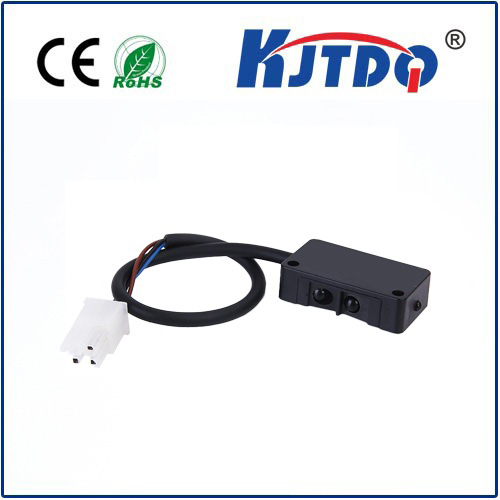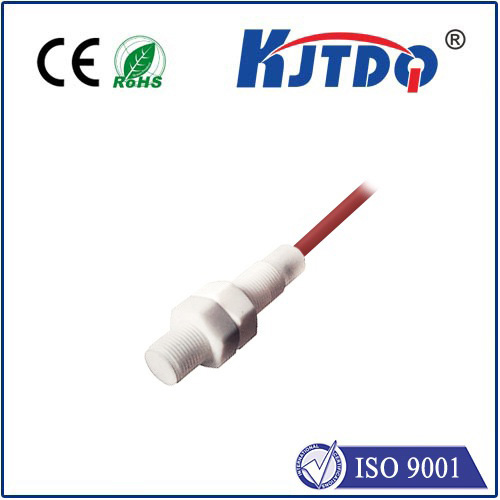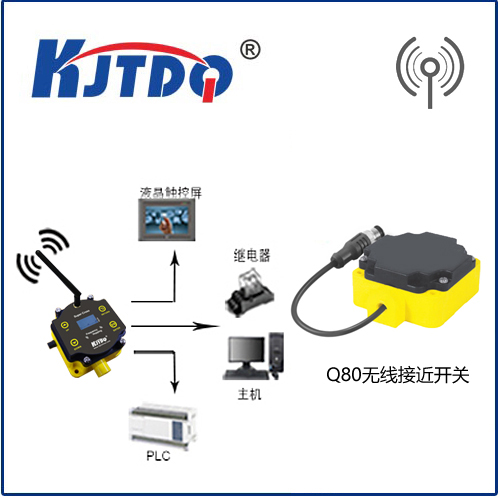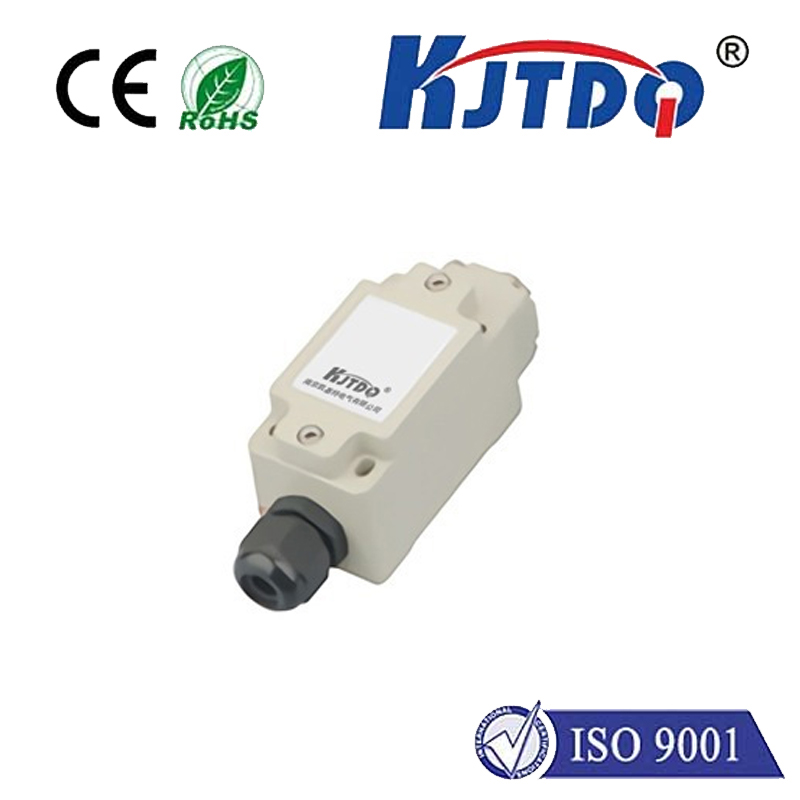
check

check

check

check
The rapid development of technology has brought about numerous changes in our lives. Among these advancements, infrared (IR) proximity sensors have emerged as a game-changer. These tiny devices play a crucial role in various industries, from home automation to automotive engineering, by providing accurate and reliable data about the environment around them. In this article, we will discuss the significance of IR proximity in modern technology and how it has revolutionized the way we interact with our devices.
Firstly, IR proximity sensors enhance user experience by allowing for seamless interaction with electronic devices. For instance, in smart homes, these sensors can detect the presence of occupants and adjust settings accordingly, such as turning on/off lights or adjusting thermostats. This not only saves energy but also creates a more comfortable living environment. Similarly, in automotive industry, IR proximity sensors are used to detect the presence of pedestrians or other vehicles, enabling automatic braking systems to function safely and prevent collisions.
Secondly, IR proximity sensors improve device connectivity and functionality. By measuring the distance between objects and the sensor, these devices can determine whether an object is within range or not. This allows for more advanced features like voice commands and gesture recognition. For example, smartphones equipped with IR proximity sensors can recognize hand gestures to control media playback or navigate through apps. This not only provides a more intuitive user experience but also saves time and effort compared to traditional navigation methods.
Furthermore, IR proximity sensors have applications in healthcare as well. Medical devices that use IR proximity sensors can monitor vital signs accurately and provide real-time feedback to healthcare professionals. For instance, wearable fitness trackers utilize IR proximity sensors to measure heart rate and sleep patterns, helping users stay healthy and informed.
In conclusion, IR proximity sensors have proven to be a valuable asset in modern technology, enhancing user experience, improving device connectivity, and revolutionizing healthcare. As technology continues to advance, it is expected that IR proximity sensors will become even more sophisticated and integrated into various industries, further transforming the way we live, work, and interact with the world around us.
